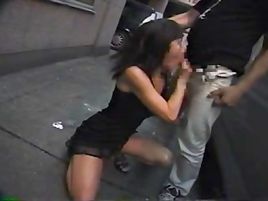Recognizing child abuse

In many countries, corporal punishment is increasingly seen as a form of physical child abuse. Signs of physical abuse Indications that physical abuse may be occurring include the following, but it is important to note that these are not necessarily signs of abuse, and they can occur for other reasons. This can have a profound, long-term impact on the child. Signs of emotional abuse Some of these signs may indicate that a child is experiencing emotional abuse: appearing withdrawn, anxious, or afraid showing extremes in behavior, for example, compliance, passivity, or aggressiveness lack of attachment to parent or caregiver age-inappropriate behavior, for example, sucking a thumb Sexual abuse Sexual abuse is defined as any act that forces or entices a child or young person to participate in sexual activities. It is sexual abuse, even if the child does not understand what is happening and there is no force, violence, or even contact. If the child is forced or invited to participate in any activity that causes the other to be aroused, this is considered sexual abuse.
They are your first line of aid. Go to them whenever you allow questions or concerns. Your Family Backing Program can provide training and expert support around recognizing child abuse after that neglect. The Family Advocacy Program bidding provide more installation- and Service-specific education on local issues, protocols, and resources. The Virtual Lab School course is just the beginning of your authority learning around reporting and preventing adolescent abuse and neglect.




